2013 Newsletter #8 – Why Eat Local?
What does it mean to eat local? The USDA defines local as food sourced w/in 400 miles. What does it mean to you? Is it food grown in your own back yard; your town; within a day’s drive; your state; your country? In all honestly, it’s all of the above, depending on what you’re eating and where you live.
Local food movements have been raising this question and working to re-establish local food systems as they existed before the global, corporate food system took over. The current global system separates producers from consumers through a complex chain of processors/manufacturers, shippers & retailers and gives the ‘middle man’ control over the quality of the food, as well as lion’s share of the profits. The intent of purchasing local is to put quality control back in the hands of the consumer and produce, and profits back in the pockets of the producer — The more times a dollar changes hands within our community before moving to corporate coffers and Wall Street, the richer the community. The work is hard, the hours are long and it IS rewarding — which is why farmers continue to farm even though there is little money in it. Purchasing directly from local producers ensures more of the profits go to them and helps provide a living wage. Another consideration when choosing to purchase local, is environmental. If we choose to value local farmland by purchasing from local farmers & ranchers that land will stay in agriculture. Farmers and ranchers are also the stewards of the land… Something to think about one your next trip to IKEA , that valley, the Duwamish River Valley, was once the most fertile farming valley in King Co.
For me, eating local started at the farmers’ market. I got to know the people growing and making my food, like farmers Luke & Adam. I started to gain an appreciation of what my region can grow (LOTS of greens, as you all know), when it’s grown and how plentiful our local farms are. At time it was disappointing to go to market wanting fresh green beans or strawberries and not finding them because the season hadn’t started yet or had passed. Like most everyone in the industrialized world I had grown accustomed to getting what I wanted when I wanted it. Over time the more I shopped at farmers’ markets and my local food coop my attitudes and desires shifted. I really started to TASTE the varied flavors of this region: All the varieties of greens, tomatoes, potatoes, beets, beans, roots, berries, apples, plums… Now I can taste the difference in milk from local, grass fed cows and the difference in local eggs which have amazing orange yolks. I’ve also learned to gorge on local goodies when they’re in season because they taste SO AMAZING, and the off-season alternative, shipped from some other region’s summer, just doesn’t compare. Fruits and veggies that need to be shipped long distances are grown for ship-ability NOT FLAVOR. They are harvested long before they’ve ripened on the vine, tree or plant so they can be shipped w/ out bruising, and then are ‘ripened’ under controlled conditions at the local distributor. Fruit and vegetables get their sugars and subtle flavors from their plants and the soil they’re grown in. Harvesting prematurely means that produce doesn’t develop the flavor is should, which is why so much of the produce in the chain stores is so… tasteless.
Good old supply and demand economics — I demand and the store supplies — works for widgets that can be produced and shipped when needed. But, we aren’t talking about widgets, we’re talking about plants and animals that operate on a natural time clock and cannot be flavorfully, safely or humanely pushed to produce on demand. Now, the idea of eating a strawberry in January seems crazy because it doesn’t taste like a ripe strawberry does in July… it doesn’t taste like much of anything worth eating, in my humble opinion!
